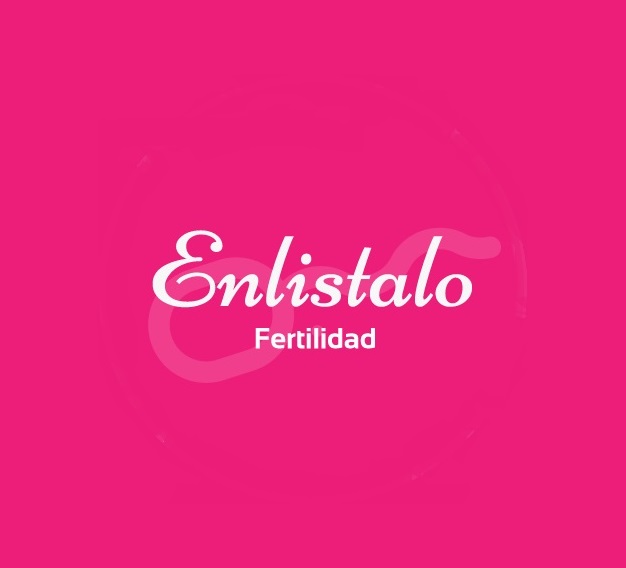Oocyte cryopreservation in Mexico
Oocyte preservation in Mexico is carried out by vitrification, and only preservation for fertility preservation, i.e. medical indications, is allowed.

Oocyte cryopreservation in Mexico
Oocyte preservation in Mexico is carried out by vitrification, and only preservation for fertility preservation, i.e. medical indications, is allowed.
This technique is mainly intended for women
suffering from malignant pathologies, whose gonadotoxic treatment, by chemotherapy or radiotherapy, risks degrading the ovarian function. It also concerns women threatened by premature ovarian failure.
To these indications have been added in recent years to so-called "non-medical" requests
medical" requests have been added to these indications in recent years, in fact to palliate infertility linked to advancing age. Without foreseeable prospect of pregnancy, especially in the absence of a stable couple, women sensitive to the decrease in fertility with age, wish to have their oocytes collected and preserved in order to possibly have recourse to them later, by IVF, if they have difficulty conceiving.
If they have difficulty conceiving at that time. The chances of pregnancy
depend essentially on the age at which the oocytes were collected, at best
before the age of 35.
Egg freezing techniques
Vitrification has replaced slow freezing almost everywhere (which only offers a pregnancy rate of 10-12% per embryo transferred compared to over 40% after vitrification).
It consists of immersing the oocytes in liquid nitrogen in a few seconds at
at ¢196°, which avoids the formation of intra-oocyte crystals. It now represents
now the reference technique for oocyte preservation for fertility preservation, where
fertility preservation, where it is progressively replacing the freezing of ovarian tissue.
ovarian tissue.
Oocytes intended for donation are also preserved by vitrification. Finally, if during an IVF for infertility the collection of sperm is not possible on that day, all the oocytes, otherwise lost, are vitrified until the next attempt.
In the same way, during an IVF cycle, the surplus oocytes can be vitrified, thus avoiding the production and freezing of embryos. For the process of oocyte vitrification in Mexico, for all indications, medical or non-medical, there is now sufficient hindsight to validate its safety and efficacy. The largest published series reports the birth after oocyte vitrification of nearly
6,000 children whose health status to date does not differ from that of children born
after fresh oocyte fertilization.
The risks of late pregnancies
The risks are real for the mother and the child: they increase from the age of 40 and are clearly increased after 45 years. Indeed, age increases the risks of prematurity, hypertension, diabetes and especially maternal death during childbirth (it is 10 to 15 times higher in women over 45) and fetal death.
There is also the question of financing treatments on the one hand and egg conservation on the other. Some argue that the possibility of having access to one's own gametes would avoid ineffective treatment of infertility by the health insurance.
More and more studies have shown that women are unaware of the physiological decline in fertility, and that if women knew their fertility was declining, they might change their life plans, including considering having children earlier or conserving their eggs.
The topic is open and increasingly debated. If the possibilities of self-preservation are full of promise, they should not make us forget either the technical limitations or the current cost, since only foreign laboratories offer collection and preservation.
Other articles on the subject
What is premature ovarian failure?
A quick update on surrogacy in Mexico City
Secret of the egg revealed: new hope for treating infertility?
